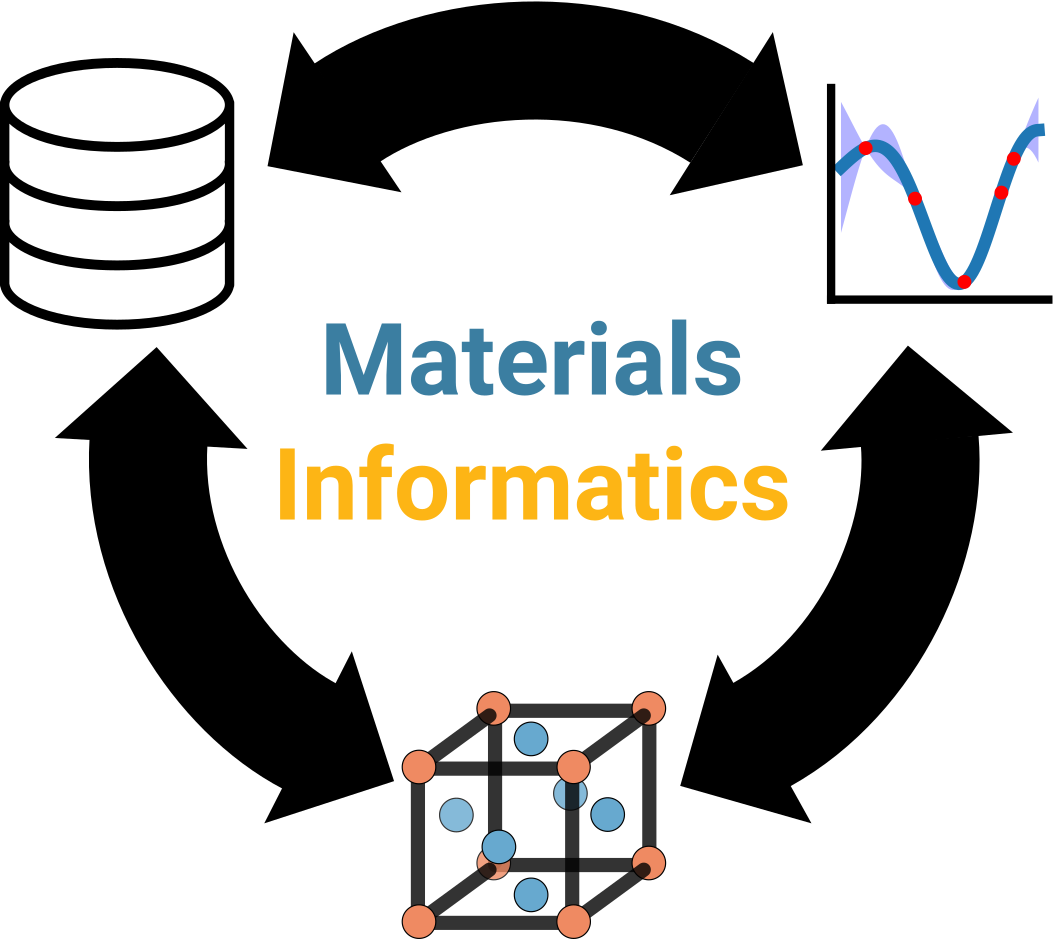Homework¶
Today’s lesson was meant to be pretty light to give you all a break from the first two days and from the marathon coming up tomorrow. 😁
Reading¶
Today’s reading consists of two papers, both of which can be found in this Google Drive folder.
The first is a short 2-page paper on, well, how to read a paper, by S. Keshav [1]. More information can be found on the previous page, Reading papers.
We recommend taking a look so that all of your future readings will feel more bearable and productive.
The second is a review paper by Keith Butler et al. on the topic of machine learning in materials science [1], and arguably one of the best review papers in MI.
This is an advanced article with several challenging concepts, but we strongly recommend you read all of it. It’s OK if very little (or none) of it makes sense at the moment. The last section (Frontiers in machine learning) is less important for our purposes.
We recommend employing some of the techniques discussed in the Keshav paper to help get process this paper in multiple reads (no more than 2).
Please feel free to ask questions, look stuff up online, and we’ll also spend some time tomorrow dissecting it.
Protip: When looking up ML (or any technical) concepts, we recommend searching for “topic X intuition” or “topic X explained.”
As you read, feel free to also leave comments directly on the PDF in Google Drive: ask/answer questions, share observations/reactions, link related content, etc. Participation is optional, but encouraged if you do have questions or thoughts to share. Enze will periodically check the Google Drive to respond to your comments.
Programming¶
We hope the relatively light programming today will give you a chance to catch up the previous notebook exercises that are incomplete or revisit the ones that you wanted to learn more about. We see all of these concepts as ones that are important for the practice of MI and, consequently, for your self-directed research. They’re also good skills to master for your future careers.
If you want a change of pace, maybe you’ll want to do some background reading on dielectric materials, which we recommend starting in the Kasap book (7.1-7.4) and then perhaps checking out the review article by J. Robertson on “High dielectric constant oxides” [2].
Or if you just want more coding practice and visualization examples, you can try the optional suggestions in Advanced visualizations.
It’s really up to you. 🙂
References¶
- 1
S. Keshav. How to read a paper. SIGCOMM Comput. Commun. Rev., 37(3):83–84, 2007. doi:10.1145/1273445.1273458.
- 2
Keith T. Butler, Daniel W. Davies, Hugh Cartwright, Olexandr Isayev, and Aron Walsh. Machine learning for molecular and materials science. Nature, 559(7715):547, 2018. doi:10.1038/s41586-018-0337-2.
- 3
J. Robertson. High dielectric constant oxides. The European Physical Journal Applied Physics, 28(3):265–291, 2004. doi:10.1051/epjap:2004206.
